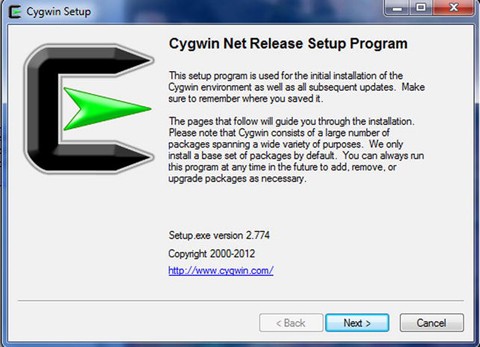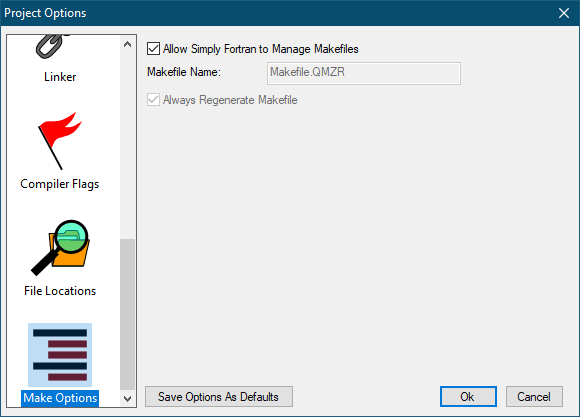

This error shows that cacls looked up the group or username given in Active Directory and didn’t find anything.We did no mapping between account names and security IDs.
 To fix this, remove the permission first /e /r and then apply a new grant /e /g. NTFS will sometimes make the error message “The parameter is incorrect”. NTFS will sometimes produce the error message ” The parameter is incorrect ” when you grant second permission to the same user/group on the same folder. To change the inheritance of a folder/directory, use iCACLS /grant or iCACLs /deny Errors that occur when changing permissions: (CI)R means Directories will inherit ‘R.’. (OI)(CI)F signifies that both files and Subdirectories will inherit “f”. (OI)(CI)(IO)– Subfolders and files only. (OI)(CI)– This folder, subfolders, and files. ID– Inherited: ACE was inherited from the parent directory’s ACL. IO– Inherit only: ACE does not apply to the current file/directory. CI– Container inherits: This folder and subfolders. OI– Object inherit This folder and files. Inherited folder permissions are shown as follows: Cacls cannot set the following permissions: change permissions, take ownership, execute, delete, use XCACLS to select any of these. Cacls cannot display or modify the ACL state of files locked in exclusive use.
To fix this, remove the permission first /e /r and then apply a new grant /e /g. NTFS will sometimes make the error message “The parameter is incorrect”. NTFS will sometimes produce the error message ” The parameter is incorrect ” when you grant second permission to the same user/group on the same folder. To change the inheritance of a folder/directory, use iCACLS /grant or iCACLs /deny Errors that occur when changing permissions: (CI)R means Directories will inherit ‘R.’. (OI)(CI)F signifies that both files and Subdirectories will inherit “f”. (OI)(CI)(IO)– Subfolders and files only. (OI)(CI)– This folder, subfolders, and files. ID– Inherited: ACE was inherited from the parent directory’s ACL. IO– Inherit only: ACE does not apply to the current file/directory. CI– Container inherits: This folder and subfolders. OI– Object inherit This folder and files. Inherited folder permissions are shown as follows: Cacls cannot set the following permissions: change permissions, take ownership, execute, delete, use XCACLS to select any of these. Cacls cannot display or modify the ACL state of files locked in exclusive use.  In case if you are setting Deny permission (/D), that will deny access to a user even if they also belong to a group that grants access. If no options are specified, CACLS will display the ACLs for the file(s). If a UserName or Group name includes spaces, it must be surrounded with quotes, e.g., “Access Granted.”. Wildcards can be used to specify multiple files. You can also specify more than one user:permission in a single command. In all the options above, can be a UserName or a group (either local or global). (The long /aliases in brackets are undocumented). Replace the ACL(s) with those specified in the SDDL string (not valid with /E, /G, /R, /P, or /D). /P user:permissionReplace access rights (/REPLACE), permission can be:. Revoke specified user’s access rights, only valid with /E. Grant access rights (/GRANT), permission can be:. /M- Change ACLs of volumes mounted to a directory (/MOUNT). /L- Work on the Symbolic Link itself versus the target (/LINK). /E- Edit ACL, leave existing rights unchanged (/EDIT). /T- Search the pathname, including all subfolders. You need to press the Windows+ Rkey concurrently to open the Run command dialog box. Also, this method is in all versions of Windows. The shortcut key method to the run command box is the most commonly used one. Way 1: By using the Keyboard shortcut Key: This run command box is useful for you to head straight to the destined program easily. And there are several ways to open up the run command dialog box. Run command window helps you to run programs, open the files and folders. As a result, your system answers to the text that you have typed previously, and then the user can proceed with the next command line that shows up. With the help of the CLI, you can communicate with your system by typing the text in commands. Also, you can use PowerShell which can automize many system administration tasks and these tasks are not approachable in command prompt.
In case if you are setting Deny permission (/D), that will deny access to a user even if they also belong to a group that grants access. If no options are specified, CACLS will display the ACLs for the file(s). If a UserName or Group name includes spaces, it must be surrounded with quotes, e.g., “Access Granted.”. Wildcards can be used to specify multiple files. You can also specify more than one user:permission in a single command. In all the options above, can be a UserName or a group (either local or global). (The long /aliases in brackets are undocumented). Replace the ACL(s) with those specified in the SDDL string (not valid with /E, /G, /R, /P, or /D). /P user:permissionReplace access rights (/REPLACE), permission can be:. Revoke specified user’s access rights, only valid with /E. Grant access rights (/GRANT), permission can be:. /M- Change ACLs of volumes mounted to a directory (/MOUNT). /L- Work on the Symbolic Link itself versus the target (/LINK). /E- Edit ACL, leave existing rights unchanged (/EDIT). /T- Search the pathname, including all subfolders. You need to press the Windows+ Rkey concurrently to open the Run command dialog box. Also, this method is in all versions of Windows. The shortcut key method to the run command box is the most commonly used one. Way 1: By using the Keyboard shortcut Key: This run command box is useful for you to head straight to the destined program easily. And there are several ways to open up the run command dialog box. Run command window helps you to run programs, open the files and folders. As a result, your system answers to the text that you have typed previously, and then the user can proceed with the next command line that shows up. With the help of the CLI, you can communicate with your system by typing the text in commands. Also, you can use PowerShell which can automize many system administration tasks and these tasks are not approachable in command prompt. #TARGET.EXE SIMPLY FORTRAN PERMISSION DENIED DELETE WINDOWS#
The command-line interpreter (CLI) for windows is CMD.EXE. Way 1: By using the Keyboard shortcut Key:ĬMD Line is a text-based interface that transfers the command from the user to the OS.







 0 kommentar(er)
0 kommentar(er)
